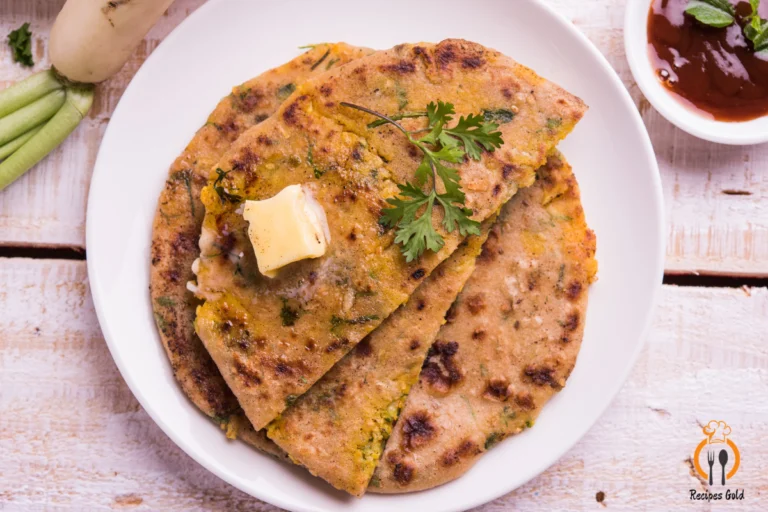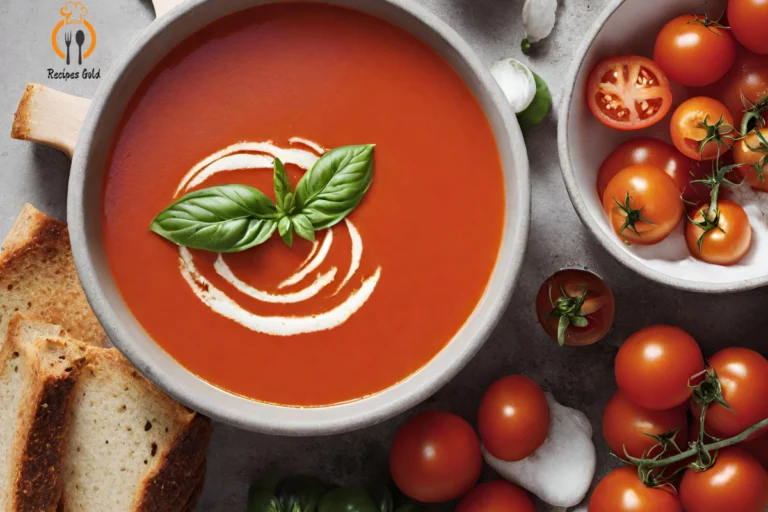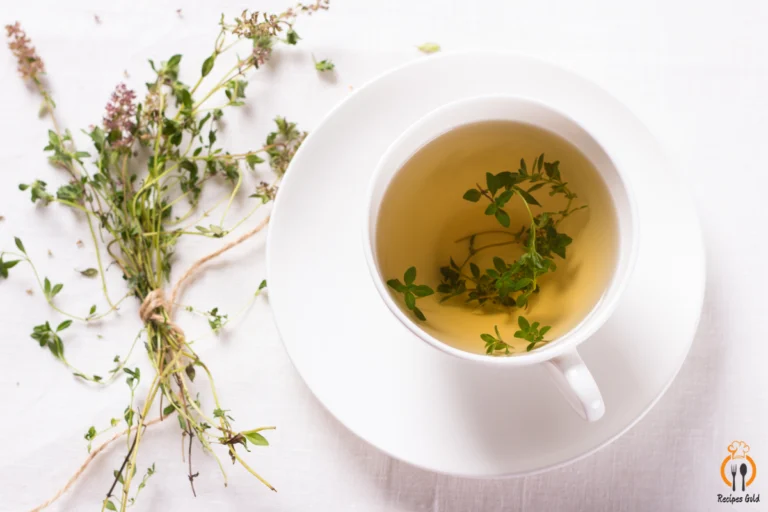Peel Kirby Cucumbers: Your Guide to Perfect Preparation
In the verdant world of vegetables, Kirby cucumbers stand out not just for their crisp texture and refreshing taste, but also for the perennial question they pose: to peel, or not to peel? This intriguing query, seemingly simple, peels back layers of considerations around health, culinary practices, and personal preferences. Beyond the peel lies a bounty of nutrients, culinary versatility, and environmental considerations, making the humble Kirby cucumber a microcosm of the larger food world. This article embarks on a detailed exploration, slicing through the layers of information to provide clarity on whether these gherkin-like cucumbers require peeling. So, let’s dive into the crunchy heart of the matter, one slice at a time.
Introduction to Kirby Cucumbers
Ah, the Kirby cucumber—a marvel in the world of pickles and salads, yet shrouded in mystery for some. This small, sturdy, and often bumpy cucumber is a culinary favorite, celebrated for its crisp texture and mild flavor. But what exactly makes a Kirby cucumber stand out in the sprawling vegetable kingdom?
What Are Kirby Cucumbers?
Kirby cucumbers are a variety of pickling cucumbers. Unlike the long, smooth cucumbers typically found lounging in the salad section of your grocery store, Kirbies are shorter, with a rougher exterior. They’re the go-to choice for pickling because of their thick skin, which holds up well against the pickling process, and their small size, making them perfect for snacking.
Varieties and Their Uses in Cuisine
Kirby cucumbers are not just a one-trick pony; they’re incredibly versatile. Whether you’re tossing them into a fresh salad, pickling them for a tangy treat, or slicing them up for a crunchy snack, they’re up for the task. This adaptability makes them a cherished ingredient in kitchens worldwide.
From a nutritional standpoint, these cucumbers are a powerhouse, packed with vitamin K, potassium, and antioxidants. They’re not just good for you; they’re a delight to the taste buds too. But the million-dollar question remains: to peel or not to peel?
Well, the answer isn’t as straightforward as one might hope. The skin of Kirby cucumbers is rich in dietary fiber and vitamins. For those looking to maximize their nutrient intake, leaving the skin on is a wise choice. However, there’s a catch. The skin can sometimes be treated with pesticides or coated with wax, especially if not organically grown. So, if you’re leaning towards an unpeeled approach, it’s crucial to source your cucumbers from a reputable supplier or opt for organic cucumbers, ensuring they’re free from unwanted chemicals.
In the culinary realm, the robust skin of Kirby cucumbers adds a pleasing texture contrast in salads and sandwiches. Yet, some recipes may call for peeling to achieve a certain texture or aesthetic. Ultimately, the decision to peel or not to peel hinges on personal preference, the intended use, and health considerations.
As we navigate through the cucumber patch, it’s clear that Kirby cucumbers are more than just a component of pickles. They’re a testament to the diversity and richness of the vegetable world, offering a blend of nutritional benefits, culinary versatility, and a touch of mystery with their peel conundrum. So, next time you encounter a Kirby cucumber, remember that this humble veggie is a small but mighty player in the realm of healthy eating and culinary exploration.
The Peeling Debate
Diving into the crunchy core of our discussion, the decision to peel Kirby cucumbers is not just a matter of culinary preference, but a complex interplay of health, texture, and flavor considerations. Let’s unwrap the layers of this peeling debate, shall we?
To Peel or Not to Peel?
At first glance, peeling a cucumber might seem like peeling away its nutritional essence. The skin of Kirby cucumbers is a treasure trove of dietary fiber and vitamins. These nutrients play a pivotal role in promoting digestive health and bolstering the immune system. Thus, keeping the skin on can be a boon for those aiming to absorb every bit of nutrition.
However, the twist in the tale comes with the texture and taste. Some folks find the skin of Kirby cucumbers a tad too tough for their liking, especially in delicate dishes where a smoother texture is desired. Furthermore, the skin can harbor a bitter taste, detracting from the cucumber’s inherent freshness.
Factors Influencing the Decision to Peel
Pesticide Concerns:
One can’t ignore the elephant in the room – pesticides. These chemicals, used to ward off pests, can linger on the skin. For the health-conscious, this raises a red flag. It underscores the importance of thoroughly washing cucumbers or, better yet, opting for organic cucumbers. These are grown without harmful chemicals, offering a safer bet for those who prefer their cucumbers unpeeled.
Wax Coatings on Cucumbers:
To preserve freshness, some cucumbers are coated with a thin layer of wax. While generally recognized as safe, this coating doesn’t appeal to everyone. If the thought of consuming waxed cucumbers doesn’t sit well with you, peeling is the way to go. Alternatively, seek out unwaxed, preferably organic, varieties to enjoy the cucumber in its natural glory.
Organic vs. Conventionally Grown Cucumbers:
The choice between organic and conventionally grown cucumbers is a significant factor. Organic farming practices ensure that cucumbers are free from synthetic pesticides and fertilizers, making the skin safer and more appealing to eat. However, they can be pricier, posing a dilemma for budget-conscious consumers. In contrast, conventionally grown cucumbers, while more affordable, may come with the baggage of chemical residues, tipping the scales in favor of peeling.
Navigating the peeling debate requires balancing nutritional benefits with personal preferences and safety considerations. Whether you peel your Kirby cucumbers or savor them skin-on, the key is making an informed choice that aligns with your culinary desires and health priorities. After all, in the grand scheme of cucumbers, it’s the freshness and flavor that truly matter. So, go ahead, make your pick, and let the crisp, refreshing taste of Kirby cucumbers enliven your dishes and taste buds alike.
Preparing Kirby Cucumbers for Various Dishes
Once you’ve navigated the peeling debate, the next step is to unleash the full potential of Kirby cucumbers in a myriad of dishes. Their crisp texture and mild flavor make them a versatile ingredient in the kitchen. Let’s explore the culinary adventures awaiting these small but mighty cucumbers.
Salads
Kirby cucumbers shine brightest in salads, where their crunch adds a delightful contrast to softer ingredients. A simple yet refreshing salad can be whipped up by slicing Kirby cucumbers into thin rounds, tossing them with a splash of olive oil, lemon juice, salt, and pepper. For a twist, add cherry tomatoes, feta cheese, and olives to create a Mediterranean-inspired dish. Remember, if you’ve decided against peeling, give them a good wash to ensure they’re clean and ready for consumption.
Pickles
The thick skin of Kirby cucumbers is perfectly suited for pickling, allowing them to maintain their crunchiness over time. Whether you’re making quick pickles or embarking on the fermentation journey, Kirbies are your best bet. Quick pickling can be as simple as combining vinegar, water, salt, sugar, and your choice of spices, then letting the cucumbers soak up the flavors for a few hours. Fermentation, on the other hand, requires patience and a bit of know-how, but the result—a probiotic-rich snack—is well worth the effort.
Cooking with Kirby Cucumbers
Though less common, cooking with Kirby cucumbers can add an unexpected twist to your meals. They can be lightly sautéed with garlic and herbs for a quick side dish. However, it’s crucial to cook them just long enough to warm through, preserving their signature crunch. Kirby cucumbers also make a refreshing addition to stir-fries, adding a crisp texture amidst softer vegetables.
Washing and Peeling Techniques
Regardless of how you plan to use your Kirby cucumbers, proper preparation is key. If opting to leave the skin on, a thorough wash under running water is sufficient to remove any surface dirt. For those concerned about pesticides or wax coatings, a vegetable wash can offer additional peace of mind.
Peeling Kirby cucumbers, should you choose to do so, can be done with a standard vegetable peeler. Start from one end and work your way down in smooth strokes, removing as much or as little skin as you like, depending on the recipe or personal preference.
The journey from questioning whether to peel Kirby cucumbers to incorporating them into various dishes showcases their culinary versatility. Whether enjoyed fresh in a salad, transformed into tangy pickles, or added to a stir-fry, Kirby cucumbers are a testament to the simple joys of cooking with fresh, flavorful ingredients. So, next time you find yourself with a batch of these crunchy veggies, embrace the opportunity to experiment and discover your new favorite cucumber creation.
FAQs About Kirby Cucumbers
Navigating through the crispy journey of enjoying Kirby cucumbers, you might stumble upon a few burning questions. Fear not, for we’ve gathered the answers to some of the most commonly pondered queries to help clear the air and ensure your Kirby cucumber experience is as delightful as possible.
Do Kirby Cucumbers Need to Be Peeled for Pickling?
Not at all! Kirby cucumbers are celebrated for their robust skin, which not only survives the pickling brine but also ensures your pickles have that satisfying crunch. If pesticides or wax are of concern, going for organic cucumbers or giving them a thorough scrub should do the trick.
Can You Eat the Skin of Kirby Cucumbers?
Yes, indeed! The skin on Kirby cucumbers is a treasure trove of dietary fiber and vitamins. If you’re not a fan of the texture or you’re wary about the slight bitterness, peeling them might be your best bet. But giving them a try both ways might reveal a new preference you didn’t know you had.
How Do You Store Kirby Cucumbers to Maintain Freshness?
To ensure your Kirby cucumbers stay as fresh as the day you brought them home, wrap them snugly in a moist paper towel and tuck them into a plastic bag. Then, let them chill out in the crisper section of your fridge. This cozy setup helps them retain just the right amount of moisture and can keep them crisp for about a week.
Are Kirby Cucumbers Healthier Than Other Varieties?
Kirby cucumbers are a hydrating and nutritious snack, much like their cucumber cousins. They boast a good dose of vitamin K and antioxidants, especially if you eat the skin. While the health benefits are similar across different cucumber types, Kirbies’ skin-friendly nature might give them a slight edge in the nutrition department.
Diving into the world of Kirby cucumbers reveals not just their versatility and nutritional benefits, but also the simplicity of incorporating them into your diet. Whether pickled, diced into a salad, or enjoyed fresh, Kirby cucumbers are a testament to the joy of simple, wholesome eating. So, the next time you find yourself pondering over a pile of these crisp veggies at the grocery store, remember that they’re not just a treat for your taste buds but also a boon for your health. Go ahead, take the plunge, and let these crunchy wonders revolutionize your culinary adventures.
Embarking on a culinary journey with Kirby cucumbers has unveiled a spectrum of insights, from the peeling debate to their versatile use in recipes, showcasing their role in enhancing our diets and culinary experiences.
The Culinary Journey
Our exploration into Kirby cucumbers’ world emphasized not only their culinary flexibility but also the health benefits they harbor. This journey has shed light on how something as simple as deciding whether to peel can influence nutritional intake and culinary outcomes.
Nutritional and Culinary Highlights
Kirby cucumbers, with their crisp texture and refreshing taste, have proven to be more than mere ingredients for pickling. They serve as a testament to the profound impact that even the most humble vegetables can have on our meals and well-being.
Unpeeling the Health Benefits
Delving into the health aspects, we discovered the wealth of nutrients nestled within the skin of Kirby cucumbers. This part of our exploration stressed the importance of making informed choices based on dietary needs and personal preferences.
A Versatile Culinary Ingredient
In our culinary adventure, Kirby cucumbers emerged as stars in salads, pickling jars, and even cooked dishes. This versatility not only showcases their utility in various recipes but also encourages culinary experimentation and creativity.
Conclusion: Embracing Kirby Cucumbers
As we wrap up, it’s clear that Kirby cucumbers offer more than just a crunchy addition to our plates. They embody the joy of cooking with fresh, nutritious ingredients and the endless possibilities that simple vegetables can offer to both our health and taste buds.
Let this journey inspire you to incorporate Kirby cucumbers into your diet. Whether through savory pickles, fresh salads, or innovative dishes, they are sure to bring a burst of flavor and health benefits. Here’s to embracing the simplicity and vibrancy Kirby cucumbers bring to our tables and lives.







